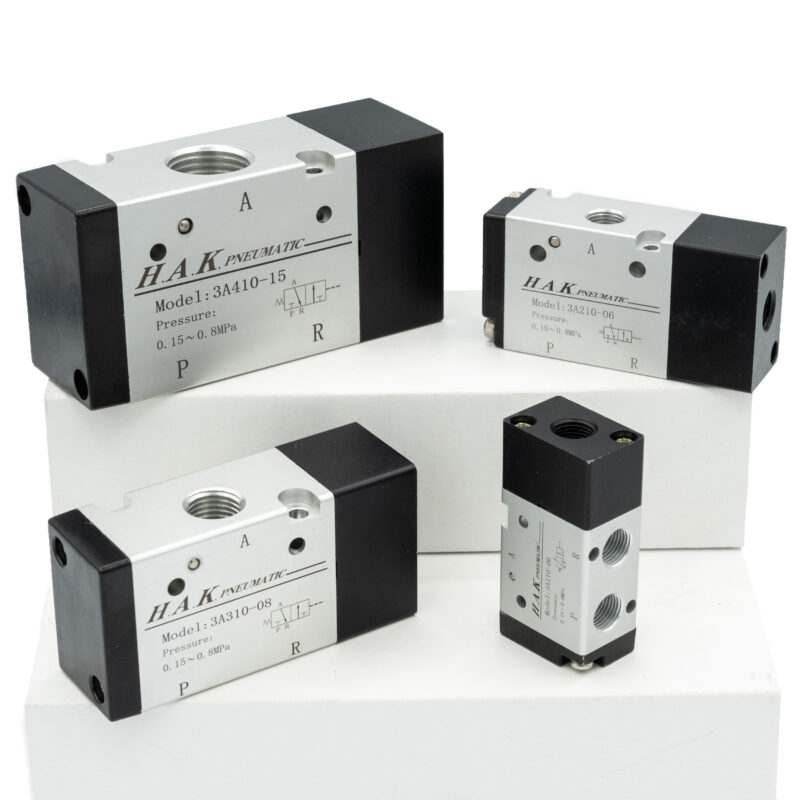It’s essential to keep safety within electrical systems as electricity in the incorrect path may cause instant injury. You also need to know that fluid and mechanical systems can be dangerous as well. You should find a way to keep operators safe.
Fluid systems use pilot valves to regulate load devices. A pilot-operated valve is actuated by the external flow of a fluid rather than a manual button. Fluids regulate these valves’ control, and they have two main types: gas and liquid. In a gas pneumatic system, because air is the most often used gas, the valve is an air-operated pilot valve. When low-pressure air is applied to a port in the valve, it opens or closes to let air flow much faster.
The types of pilot valves may regulate a direction of flow or a simple check valve. Pilot-operated check valves provide free flow from the input to the output ports. Flow can be directed in the other direction when external pilot pressure is applied to the pilot port. Pilot-operated check valves are used for holding an actuator position in different applications. They are used to keep pressure in a cylinder during the drop or loss of pressure. The pneumatic check valve blocks air in the device until the pilot signal is activated, during which the valve opens, and the air gets released from the cylinder.
There are also so-called pilot-operated relief valves that are used for immediate relief during high-pressure situations.
What Are Air Pilot Operated Valves?
Directional pneumatic control valves can be activated in different ways, such as manually, solenoid-operated, and air piloted.
Compressed air in pneumatic systems is controlled by air pilot-operated valves that signal cylinders, valves or other pneumatics. They use air pressure to control compressed air, gas, or liquids through a pneumatic system. Manufacturers prefer these valves as they don’t require extra electrical current to operate. They are especially beneficial in dirty, wet applications or volatile environments where managing media could change dramatically if exposed to electricity.
Air pilot-operated valves regulate single-acting or double-acting actuators by allowing or locking the airflow in a pneumatic system. Air piloted valves come with two actuators: single pilot and double pilot ones.
Types of Air Piloted Valves
Pneumatic pressure and, typically, the output of other pneumatic valves are used to operate air piloted valves. They are available in two and three-port types for managing pressurized liquids and gases like water and chemicals and two, three, and four-way types for controlling compressed air in industrial automation applications.
When To Use Air Piloted Valves?
You use pilot operated pneumatic valves in two primary cases:
When there is an area where electrical signals cause a fire hazard.
When air pressure control is in place or is preferred.
Air piloted valves are ideal for applications where electrical connections are unacceptable such as gaseous and hazardous situations. They can be used to activate a valve with lower pressure and volume when higher pressures and volumes are needed.
Benefits of Air Piloted Valves
#Here are some essential benefits that you would have with air piloted valves:
● Cost Efficiency – They are cheaper than manually operated and solenoid valves.
● Reliability – They have a simple design with few parts and are characterized by tight sealing and high shifting forces.
● Safety – They are more reliable and safe in dirty and hazardous environments.
If you want to know more about air piloted valves and choose the right one for your systems, don’t hesitate to opt for HAK Fluid Power Equipment LTD, based in Toronto, Canada.



